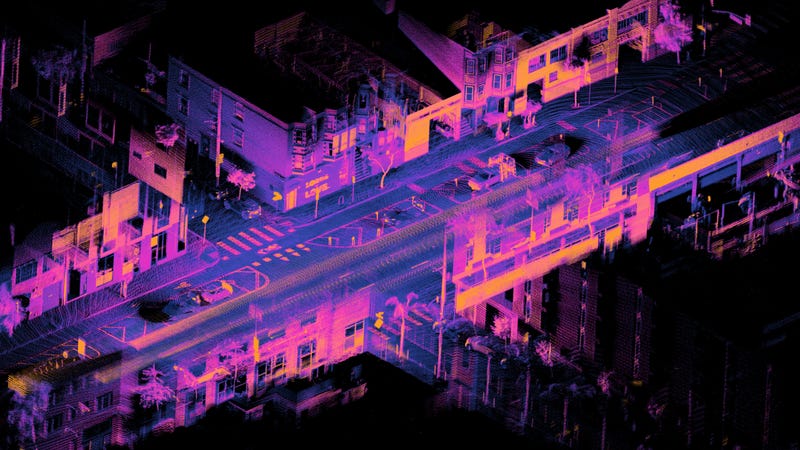There were a couple of impulses for the reflection this month. One was an exploration of trends I did for a workshop that discussed amongst others the relationship between sport, data, and intelligent systems. Apart from the very functional use of data, the role of the coach is super interesting here. Peleton is a popular home training system in the States that is a mix of datafying products and human coaches that become stars. Last month Facebook became Meta and introduced a peek into their -skewed imho- future vision on the metaverse. With a fitness program too of course. Now still with the normal controllers, but you can expect all kinds of physical objects like dumbells made for the metaverse. How will these look if they only have an appearance in the virtual world? Optimizing for weight and sensors, that is an interesting design project. How to prevent a reality sketched in Wall-E with everyone immersed in a chair becoming obese… So how it will develop is unclear; will we live a life where everything is made frictionless like in Wall-E or create a full representation of physical experiences enhanced or augmented.

This embodiment of virtual life is super interesting but not what I wanted to address here. I had to think a bit further on how we will relate to the concept of sports as an individual activity. Last month we learned that gen z is losing the connection with the physical mental model with virtual service-based systems like file systems. What will be our understanding of the psychical world if every object is becoming an active object?
It feels like a balancing act; are we turning technology into a collaborative relationship and understanding, or we are getting more disconnected from reality. Not the disconnection with reality that is happening with fake news and opinions become facts through the dark patterns of social media amplification. The disconnection, the distance is more a subtle one; what does it mean to our relation to services, to objects, to an embodiment of our lives if everything is in continuous flux and what is real is defined on the fly? Do we still have a touch-base that is reality?
We need to find a new balance. In this article on how AI is reinventing computing the different relation is a key point.
“Traditionally, to get a computer to do something like recognize speech or identify objects in an image, programmers first had to come up with rules for the computer. With machine learning, programmers no longer write rules. Instead, they create a neural network that learns those rules for itself. It’s a fundamentally different way of thinking.”
The training and needed interplay is promising for the collaborative technology; there is also a need for having reality-anchors if everything is adapting to everything. The designer of the (near) future is not designing the end state but is designing the training objects that a robot (or service) is encountering to become valuable. It is now explored for basic activities such as the walking of a robot, but why not also for cognitive tasks?
The new movie by Superflux is in that sense a hopeful future sketch however we need to drive a bumpy road first. That is an intersection. The road we are on now, is extrapolated a bit. So there are possible dangers that it takes a different route if we don’t get out act together.
“What’s most compelling about sci-fi literature isn’t the technology but how people’s relationships change within technology,” says Jack Weinstein, a philosophy professor at the University of North Dakota (source)
To bring it home to Cities of Things; living in a city with all kinds of intelligent objects that are touchpoints to mixed intelligent – self-initiating systems, and the objects becoming more and more self-supporting and initiating. How we relate to these objects and through these objects to others is the defining question. How we can use intelligence to make an impact? What is the role of the mentioned sports objects in understanding a game more than the rules? What will the embodiment of reality look like in a virtualized life? The system of these objects, these citythings are shaping how we perceive, and value reality.
This blog was published as a newsletter via https://citiesofthings.substack.com
